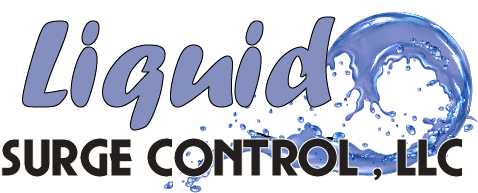Transporting liquid loads over long distances can be a difficult task. The potential for issues ranging from equipment failure to product contamination is ever-present, making it imperative that measures are taken ahead of time to ensure the safe and successful completion of the journey. In order to reduce `employed before, during, and after the transport process.
This post outlines some of the most effective preventive maintenance strategies for reducing problems while transporting liquid loads. With these tips in mind, transportation companies and their drivers can rest assured knowing that they have taken all necessary precautions to provide a smooth and successful transport experience for their customers. By taking proactive measures now, companies can help avoid costly repairs or insurance claims in the future.
What Are The Most Common Issues With Transporting Liquid Loads?
The most common issues associated with transporting liquid loads include leaks, spills, and contamination. Leaks can cause damage to the truck and its cargo, while spills can lead to environmental hazards and costly clean-up efforts. Contamination can lead to product loss and health risks for those handling the load.
In addition to these common issues, there are also risks associated with improper handling of the load. This can include failing to secure the load properly, not following safe loading and unloading protocols, and neglecting to inspect the cargo before transport. All of these factors can contribute to problems during long hauls, so it is essential that preventive maintenance strategies be employed in order to reduce potential risks.
What Are Some Strategies To Reduce These Issues?
Regularly inspect all equipment used for transporting liquid loads.
One of the most important preventive maintenance strategies for transporting liquid loads is to regularly inspect all equipment used in the process. This includes checking hoses, valves, and other components for any signs of wear or damage, as well as ensuring that they are properly functioning. It is important to check cargo tanks for any signs of corrosion or leaks before every haul. Performing regular inspections can help identify problems early on and reduce the likelihood of experiencing issues during long hauls.
Use high-quality materials
Using high-quality materials is another effective preventive maintenance strategy for reducing problems during long hauls. This includes investing in hoses, valves, and other components that are designed to stand up to the rigors of transporting liquid loads. High-quality materials can last longer and help reduce the chance of leaks or spills occurring due to equipment failure. This can ultimately save companies money on repairs or insurance claims down the road. Using high-quality components also helps ensure that the load remains safe and secure throughout its journey.
Maintain proper loading procedures.
Maintaining proper loading procedures is an important preventive maintenance strategy for reducing problems during long hauls. This includes making sure that the cargo is properly secured and balanced inside the tank, as well as ensuring that all hoses and valves are functioning correctly. Taking care to properly load and secure the cargo before transport can greatly reduce the chances of leakage or contamination occurring during transit. It also helps protect drivers from potential accidents due to unbalanced loads or faulty equipment. Keeping detailed records of loading procedures can help spot any issues early on and take steps to correct them before they become a larger problem.
Utilize temperature control systems.
Temperature fluctuations can cause product spoilage or contamination, so it is essential that the cargo’s temperature remains consistent for the duration of its journey. Investing in quality temperature control systems can help ensure that the load remains at a safe and stable temperature throughout transport. These systems also allow drivers to monitor loading temperatures remotely, making it easier to spot any potential issues before they become bigger problems. Temperature control systems will help maintain the integrity of a liquid load by keeping it at a consistent temperature throughout transit.
Invest in training programs.
Investing in training programs is another important preventive maintenance strategy for reducing problems during long hauls. Drivers should be properly trained on the various aspects of safe loading and unloading protocols, as well as how to identify potential issues and take corrective action when needed.
Training programs can also help drivers understand common risks associated with transporting liquid loads, such as leaking or contamination, and equip them with the necessary tools and knowledge to reduce these risks. Ensuring that all personnel involved in the transportation process have a comprehensive understanding of safety procedures can greatly reduce the chances of any unexpected issues occurring during transit.
By taking preventive maintenance measures such as regular inspections, using high-quality materials, maintaining proper loading procedures, utilizing temperature control systems, and investing in training programs, companies can reduce the risk of problems occurring during long hauls when transporting liquid loads by tanker truck.
